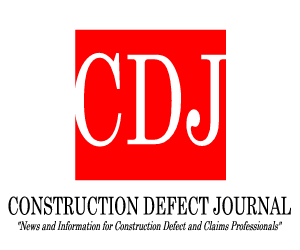
This decision should give much more certainty to owners, developers and contractors who need to or desire to perform construction in or around wetland areas.
Contractors appreciate how difficult it often is on a technical level to perform work in or near wetlands or other environmentally sensitive areas. Such work is even more difficult due to the complex, and ever-changing regulations issued by the United States Environmental Protection Agency (“EPA”) under the Clean Water Act (“CWA”). The CWA applies to “navigable waters”, which are defined as “the waters of the United States.” To determine whether certain wetlands are in fact “the waters of the United States”, contractors and owners have had to engage in a fact-intensive “significant-nexus” determination dependent upon a lengthy list of hydrological and ecological factors found in the regulations. Recently, the U.S. Supreme Court struck down the applicability of those regulations and instituted a simpler test to determine whether wetlands on an owner’s property fall within them.
In Sackett v. EPA, the Sacketts purchased property near a lake in Idaho. In preparation for building a home, they began backfilling the site with dirt and rocks. A few months later, the EPA sent the Sacketts a compliance order informing them that their backfilling violated the CWA because their property was part of protected wetlands. The EPA demanded that the Sacketts immediately undertake activities to restore the site and threatened the Sacketts with penalties of over $40,000 per day if they did not comply. According to the EPA, the wetlands on the Sacketts’ lot fell under the jurisdiction of the CWA because they were “adjacent to” (i.e., in the same neighborhood as) an unnamed tributary on the other side of a 30-foot road, which fed into the nearby lake. The EPA concluded that the Sacketts’ wetlands, when considered together with a large nearby wetland complex, significantly affected the ecology of the lake. Thus, the EPA charged that the Sacketts had illegally dumped soil and gravel into “the waters of the United States.”
Mr. Scriven-Young may be contacted at dscriven-young@pecklaw.com




